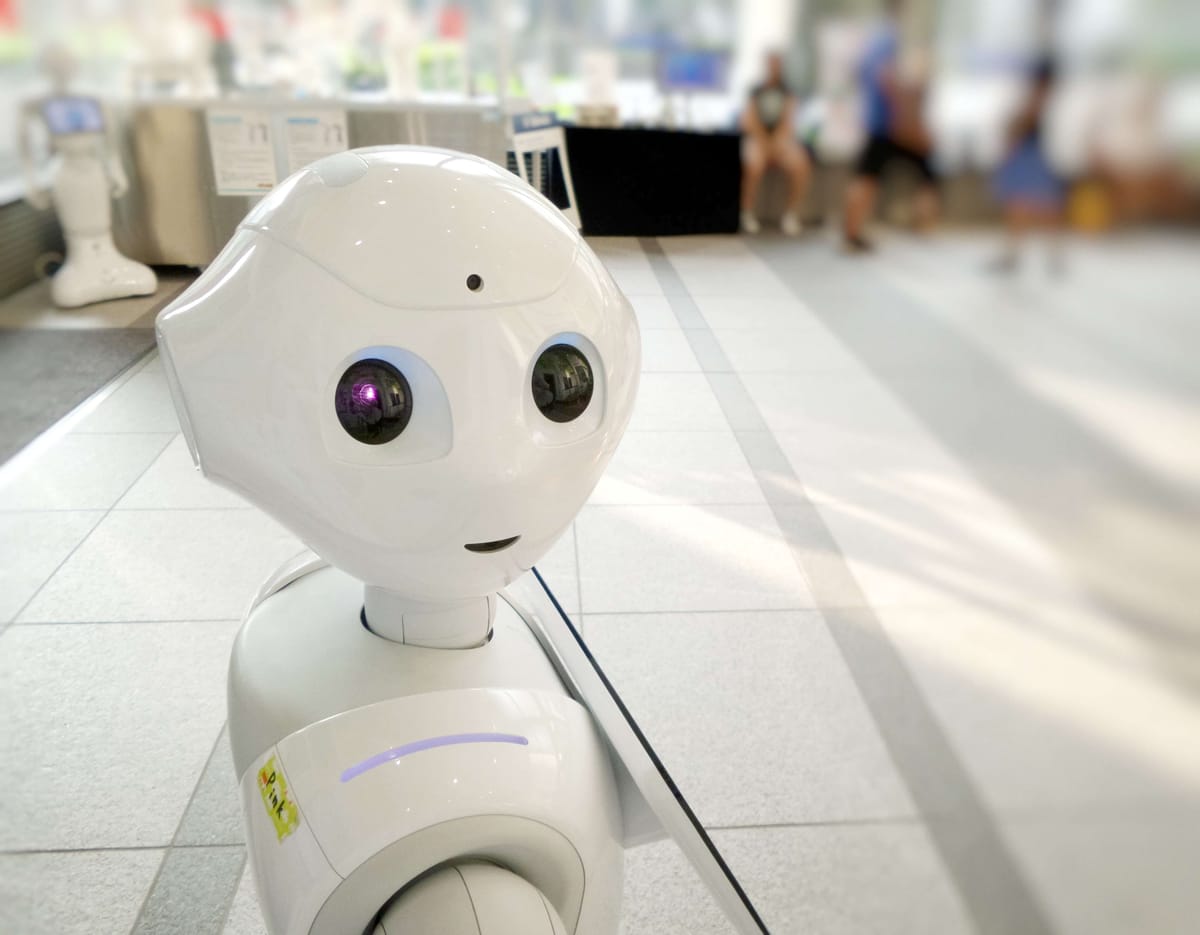In 2024, generative AI will result in a sharp increase in new users of SaaS apps. According to McKinsey's 2023 State of AI report, 13% of respondents use generative AI for product or service development, and one-third of all respondents use it routinely for at least one function.
Only 21% of firms have policies controlling how their workers utilize GenAI technologies at the office, indicating a lack of awareness of the associated business dangers. With the emergence of enterprise-focused products like OpenAI's ChatGPT Enterprise, we’re expectations in usage.
Every AI age brings new potential for iconic firms to rise to the top, and we think the present wave of AI is no different. It is not without subtlety, though.
In addition to the risks and value propositions of what they produce, founders need to consider market dynamics when evaluating the prospects of this technological wave.The businesses that successfully combine these two will win out.
Let’s recall what happened in 2022-23
Although the Generative AI era has been developing for a while, the release of DALL-E 2 and Midjourney in the summer of 2023 significantly increased its popularity.
The introduction of live internet plug-ins further fueled this trend by laying the groundwork for new concepts that improve human-computer interactions.
Since ChatGPT's recent release, these factors have maintained generative AI at the top of industry and public discussions. The exciting thing about this era is that harnessing AI/ML no longer requires technical competence.
Simple usage, convenient distribution channels, and excellent outcomes have made this widely known.

What’s in the future for generative AI?
The transition to generative AI has characteristics that make it equally as fascinating as previous major tech platforms. But may be less damaging to incumbents and less advantageous to aspiring startups.
In contrast to previous transitions, incumbents can absorb this new platform shift without retaining to re-architect their entire product line.
Additionally, integrating Generative AI features into current architectures and products requires very little work, allowing market chiefs to develop and release innovations based on this technology faster.

This change benefits businesses that possess larger, private data sets, which might provide them an advantage over more seasoned enterprises.
Current market leaders with established distribution networks can speed up the acceptance and distribution of new features and goods.
They can take advantage of their established client bases, channels, and market reach. Recent announcements demonstrate the impressive pace with which older corporations have embraced this transformation.
What are the potentials for AI-based SaaS organizations?
With this current platform shift, large enterprises may initially have an advantage, but some innovators may face a challenge. Legacy firms may have to make tactical adjustments that could temporarily endanger their main line of operation.
As they balance the necessity to preserve supremacy and the possible income disruption posed by chatbot-based search engines like Perplexity AI, even Google's core business, search, is at risk.
Recently, ChatGPT's capacity to execute orders without the use of conventional mobile apps has made its integration with apps a potential concern for app-store operators.
Here are some of the potential SaaS companies can grab:
1. Meeting genuine customer needs
Businesses should have a distinct and persuasive use case for their AI-powered product that takes care of a practical issue or requirement. Instead of being the answer in and of itself, technology should make a workflow or feature set available that wasn't achievable with earlier technologies.
The existence of generative AI can adequately address the question "Why now?" but not "Why this?" Businesses will want a long-term edge that goes beyond utilizing AI software development.

2. Testing vibrant business models
Although anticipating that the cost of this technology will decrease over time is still a significant expense. To create a lasting business, companies should keep refining their operating structures and figuring out how to best balance performance, accuracy, cost, and usability.
As the competition catches on, businesses will also need to be able to communicate their sustaining advantage in simple terms. Integrations are essential to stickiness since they make workflows more comfortable and provide businesses with access to data that increases the usefulness of GenAI.
3. Acknowledging a new definition of quality
Until recently, quality has been described as uptime, availability, and bugs. Situations in which an application error or other problem is evident to the end user. Errors are challenging to interpret when GenAI functionality is present.
Even if they are more frequent, hallucinations are challenging to identify. While this capability appears to produce accurate results, a mistake could have serious repercussions for the user or business.
When assessing companies that develop with this feature set at the center, having a well-thought-out quality/validation component in your application is crucial.

4. Leveraging strong datasets
Businesses can aim to set themselves apart by creating specialized models that meet particular business needs and produce higher-quality results as model performance starts to converge.
Businesses should have robust governance procedures in their enterprise data management and acquisition processes to guarantee that the data used to train and assess their models is of the highest caliber, most accurate, and most impartial.
Additionally, technology must be able to describe how they are managing concerns like data security and privacy.

5. Using thoughtful product design
Today's SaaS organizations are required to use elevated UX design. GenAI is not an exception to this rule, but if user training is authorized, much thought must go into how the features are delivered, verified, and enhanced.
GenAI capabilities are put into the user interface as a floating text box or chat window. It will require change for this functionality to be essential to the user experience.
Final Thoughts
The SaaS sector's next frontier is generative AI, and companies that could capitalize on it will prosper. Businesses may develop ground-breaking SaaS applications that will bring in millions of dollars by understanding a new concept of quality, utilizing robust datasets, testing innovative business models, satisfying consumer wants, and employing careful product design.
Software product development services can assist businesses in achieving this objective by offering the know-how and assets needed to create and execute generative AI solutions that will completely transform their sector.
Like what you see? Why not check out exclusive insights from some of the leading minds in SaaS with a future of SaaS membership plan?



